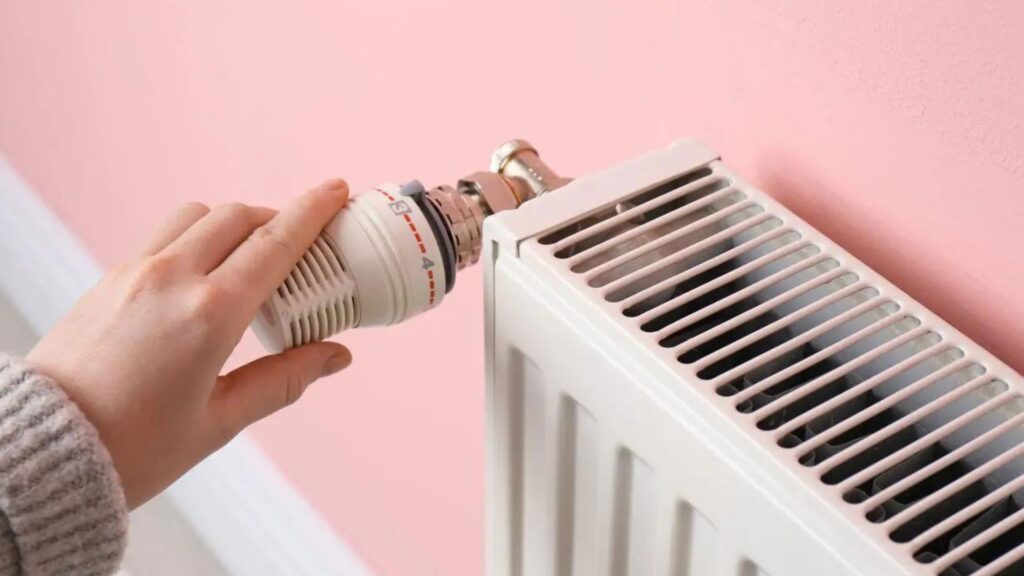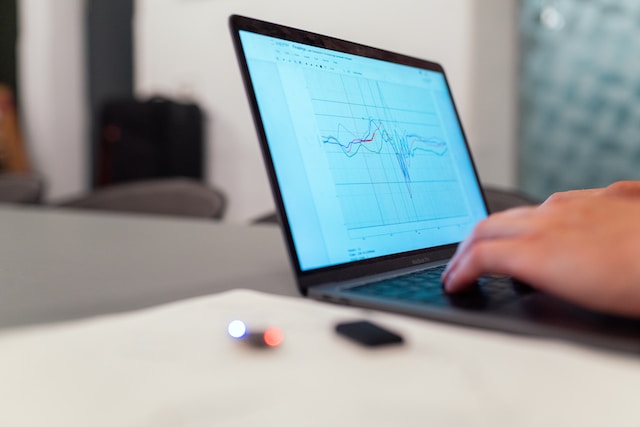How to Maintain Your Home Radiators Performance?
To preserve a cozy and comfortable living space, especially during the winter months, home radiators are essential. Home radiators need routine maintenance, just like any other equipment, to ensure that they work effectively and efficiently.
This thorough guide will give you a step-by-step process for maintaining the performance of your home radiators, from cleaning and bleeding to resolving frequent problems and maximizing energy efficiency.
Enhance your space with a touch of sophistication through a sleek black designer radiator. Combining style and functionality, it’s a statement piece that adds both warmth and elegance to any room.
Section 1: Regular Cleaning and Dusting (Importance and Techniques)
Home radiators accumulate dust and debris over time, which can hinder their performance and energy efficiency. Regular cleaning not only helps maintain optimal heat distribution but also enhances indoor air quality.
Gather Necessary Supplies:
Before beginning, gather a soft brush, a vacuum cleaner with a brush attachment, microfiber cloths, and a mild cleaning solution.
Turn Off the Radiator:
Ensure the radiator is completely cool before starting the cleaning process, helps you to save energy and money both.
Dust and Vacuum:
Gently brush and vacuum the exterior of the radiator to remove loose dust and debris.
Wipe Down:
Wipe down the radiator’s surface, including the grates and fins, by dampening a microfiber cloth with the cleaning solution. This improves heat transfer and aids in the removal of tough dirt.
Section 2: Bleeding Your Home Radiators (Ensuring Proper Heat Distribution)
Air can become trapped within radiators, leading to cold spots and reduced heat output. Bleeding your home radiators releases trapped air and improves their overall performance.
Identify Cold Spots:
Turn on your heating system and identify any cold spots on your radiators. These spots indicate trapped air.
Gather Tools:
Prepare a radiator key or a suitable tool for bleeding home radiators.
Turn Off the Heating System:

Before bleeding, turn off your heating system to prevent hot water from escaping during the process.
Bleed the Radiator:
Bleed the radiator by inserting the radiator key into the radiator’s top-mounted bleed valve. When you hear a hissing sound, slowly turn the key in the opposite direction. This denotes the escape of compressed air. Close the valve if water begins to routinely leak.
Check Pressure:
After bleeding, check the boiler’s pressure gauge to ensure it’s within the recommended range.
Section 3: Addressing Common Radiator Issues
Uneven Heating: If you notice uneven heating across home radiators, it might indicate an issue with water flow. Ensure that all radiator valves are fully open and not obstructed.
Cold Bottom and Hot Top:
If the bottom of the radiator remains cold while the top is hot, there might be a buildup of sludge or sediment. Consider power flushing the system or adding a magnetic filter to prevent sludge accumulation.
Noisy Home Radiators:
If your radiators are making gurgling or banging noises, it’s likely due to trapped air or a buildup of mineral deposits. Bleed the radiators and consider adding a corrosion inhibitor to prevent further deposits.
Section 4: Optimizing Energy Efficiency
Reflective Panels:
Place reflective panels behind radiators on external walls to prevent heat loss through the wall and direct more heat into the room.
Thermostatic Radiator Valves (TRVs):
Install TRVs on your home radiators to control individual room temperatures and reduce energy consumption.
Regular Boiler Maintenance:
Ensure your boiler receives regular maintenance to operate efficiently. An inefficient boiler can impact the performance of your home radiators.
Insulation:
Proper home insulation, including walls, floors, and windows, reduces heat loss and eases the workload on your home radiators.
Section:5 Monitor Water Quality
If you have a hot water radiator system, periodically check the water quality in the system. If you notice discolored or dirty water, it might be a sign of sediment buildup or corrosion. Flushing the system and adding a corrosion inhibitor can help prevent damage.
Section:6 Protect Against Rust
Over time, home radiators can develop rust, which affects their performance and appearance. Sand down any rust spots and apply radiator paint to prevent further corrosion. Regular painting not only protects the radiator but also enhances its aesthetic appeal.
Section:7 Check for Leaks
Check your home radiators frequently for any leakage indications, such as puddles of water or rust spots. Leaks can cause water damage and decrease the effectiveness of the system. If you discover a leak, get in touch with a qualified plumber right once to have the problem fixed.
Section: 8 Balance the System
Balancing your heating system ensures even heat distribution throughout your home. Some home radiators may heat up more quickly than others due to differences in size and distance from the heat source. Adjust the radiator valves to achieve a consistent temperature throughout your living space.
Section: 9 Annual Professional Inspection
Schedule an annual inspection by a professional heating technician to ensure your entire heating system, including the boiler and radiators, is functioning optimally.
Conclusion:
Radiators in your home require ongoing maintenance and care to operate effectively. By following the instructions in this book, from routine cleaning and bleeding to fixing common problems and maximizing energy efficiency, you can ensure that your radiators continue to provide efficient and effective heating, keeping your home warm during the cooler seasons. Regular maintenance extends the life of your home radiators while also lowering energy expenses and enhancing home comfort.






